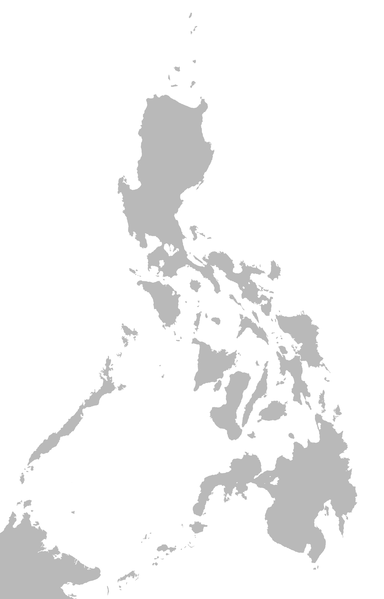For the second year in a row, the Philippines reported more than 200,000 dengue fever cases, according to the Department of Health, National Epidemiology Centre, Philippines.

After reporting 200,415 suspected cases of dengue, including 598 deaths in 2015, health officials on the archipelago report 211,108 suspected cases of dengue reported in 2016, including 1019 deaths.
Regions of the country that saw the most dengue in 2016 include the Central Visayas (Cebu), the Western Visayas (Iloilo) and CALABARZON ( Cavite, Laguna, Batangas, Rizal, and Quezon).
Last April, the DOH instituted The Dengue School-Based Immunization program and hundreds of thousands of schoolchildren were vaccinated with the vaccine, Dengvaxia. The Philippines was the first country to roll out a dengue vaccination program.
Related: Ayoko sa Lamok: Filipino youth’s battle against dengue fever
Dengue is a viral infection transmitted by the bite of an infected mosquito. There are four closely related but antigenically different serotypes of the virus that can cause dengue (DEN1, DEN 2, DEN 3, DEN 4).
- Dengue Fever (DF) – marked by an onset of sudden high fever, severe headache, pain behind the eyes, and pain in muscles and joints. Some may also have a rash and varying degree of bleeding from various parts of the body (including nose, mouth and gums or skin bruising).Dengue has a wide spectrum of infection outcome (asymptomatic to symptomatic). Symptomatic illness can vary from dengue fever (DF) to the more serious dengue hemorrhagic fever (DHF).
- Dengue Hemorrhagic Fever (DHF) – is a more severe form, seen only in a small proportion of those infected. DHF is a stereotypic illness characterized by 3 phases; febrile phase with high continuous fever usually lasting for less than 7 days; critical phase (plasma leaking) lasting 1-2 days usually apparent when fever comes down, leading to shock if not detected and treated early; convalescence phase lasting 2-5 days with improvement of appetite, bradycardia (slow heart rate), convalescent rash (white patches in red background), often accompanied by generalized itching (more intense in palms and soles), and diuresis (increase urine output).
- Dengue Shock Syndrome (DSS) — Shock syndrome is a dangerous complication of dengue infection and is associated with high mortality. Severe dengue occurs as a result of secondary infection with a different virus serotype. Increased vascular permeability, together with myocardial dysfunction and dehydration, contribute to the development of shock, with resultant multiorgan failure.


Good afternoon, we are a little bit concerned about the recent deyath toll caused by denque fever of children here on Bohol, especiallz on the island of Panglao. And we have now 2018 not 2016. Our question is if the higher health control authority is aware of the current situation and if proper measures will be taken to prevent an epidemic outbreak of Denque, I mean more worse than it is now. Furthermore we would like to know what measures the individuals can take to protect themselves. I think it is not so easyto follow the advice to wear long sleeves and long pants all day long, especially now where it looks like the thedaily temperature even increase compared to the years before. (Global warming?) Thank you for giving me a feed-back on that issue.
where can I find 2018?